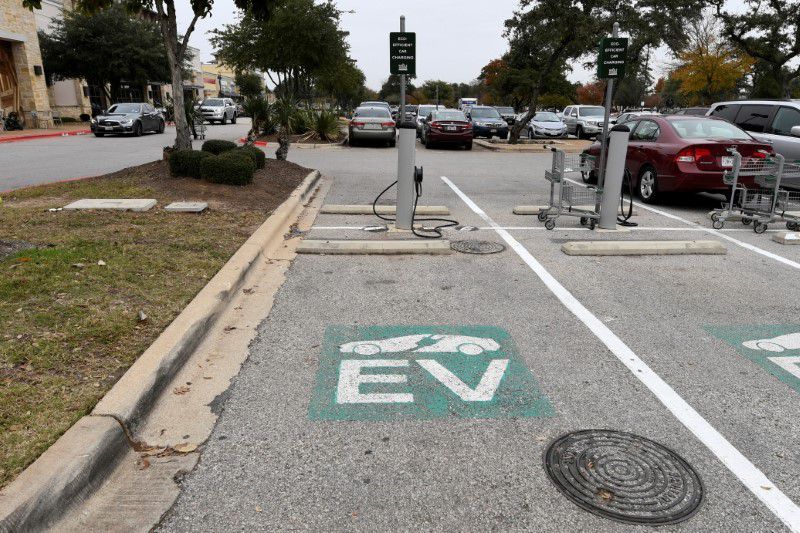Dec 1 (Reuters) – The Biden administration on Thursday proposed an overhaul of the nation’s biofuel policy that would for the first time allow electric vehicle manufacturers to tap into a lucrative market for tradable renewable fuels credits.
The proposal, unveiled by the U.S. Environmental Protection Agency, reflects President Joe Biden’s broader agenda to decarbonize the economy to fight climate change, and could provide a big new revenue stream for green cars and trucks.
Here are some key details:
HOW WOULD IT WORK?
The U.S. Renewable Fuel Standard currently requires oil refiners to blend billions of gallons of biofuels like corn-based ethanol into their fuel each year, or buy credits known as RINs from other companies that do the blending for them.
The idea is that, by adding cleaner-burning biofuels into the mix, the program both cuts greenhouse gas emissions and helps farmers.
Under the new proposal, the RFS would continue to require refiners to blend huge amounts of biofuels and/or purchase RINs, but it would add a twist intended to encourage more electric vehicle production too.
Essentially, electric vehicle makers would be able to generate RINs, and sell them to refiners, if they can prove that the cars and trucks they make are being powered by electricity from plants that burn biofuels like methane captured wafting out of covered trash dumps or farm manure lagoons.
Currently a very small but growing proportion of the nation’s power is generated from “biogas.”
HOW DO THEY PROVE IT?
It is not possible to trace power back to its source because electrons in the grid are indistinguishable from one another.
So the EPA is proposing instead that electric vehicle makers set up contracts with renewable biofuel power generators. The contracts would establish the exclusive right of the vehicle maker to generate RINs for a given quantity of renewable power.
Electric vehicle makers would be expected to ink enough contracts with power generators to cover the full electricity use of their fleets on an annual basis.
To avoid double-counting of e-RINs, generators would only be able to have contracts with one car maker at a time.
EPA would do regular audits to ensure the power generators and the producers of the biogas they are burning are meeting core standards.
WHAT’S AN E-RIN WORTH?
The proposal could yield hundreds of millions, it not billions, of dollars for auto manufacturers.
The EPA expects the industry to generate as many as 600 million e-RINs in 2024, and for that to double by 2025, provided they can manufacture enough vehicles and find enough biogas-based power.
Each e-RIN, under the proposal, would represent 6.5 kilowatt hours of biofuel-powered energy.
The value of a RIN is unpredictable, but they are currently trading over $1.50 apiece.
Because oil refiners are required to gather up billions of these credits every year – either by generating them through blending or by buying them up from others – automakers can expect a relatively dependable group of willing purchasers.











